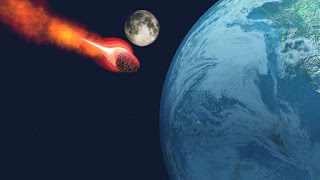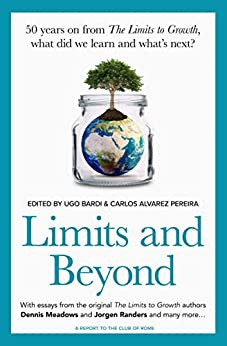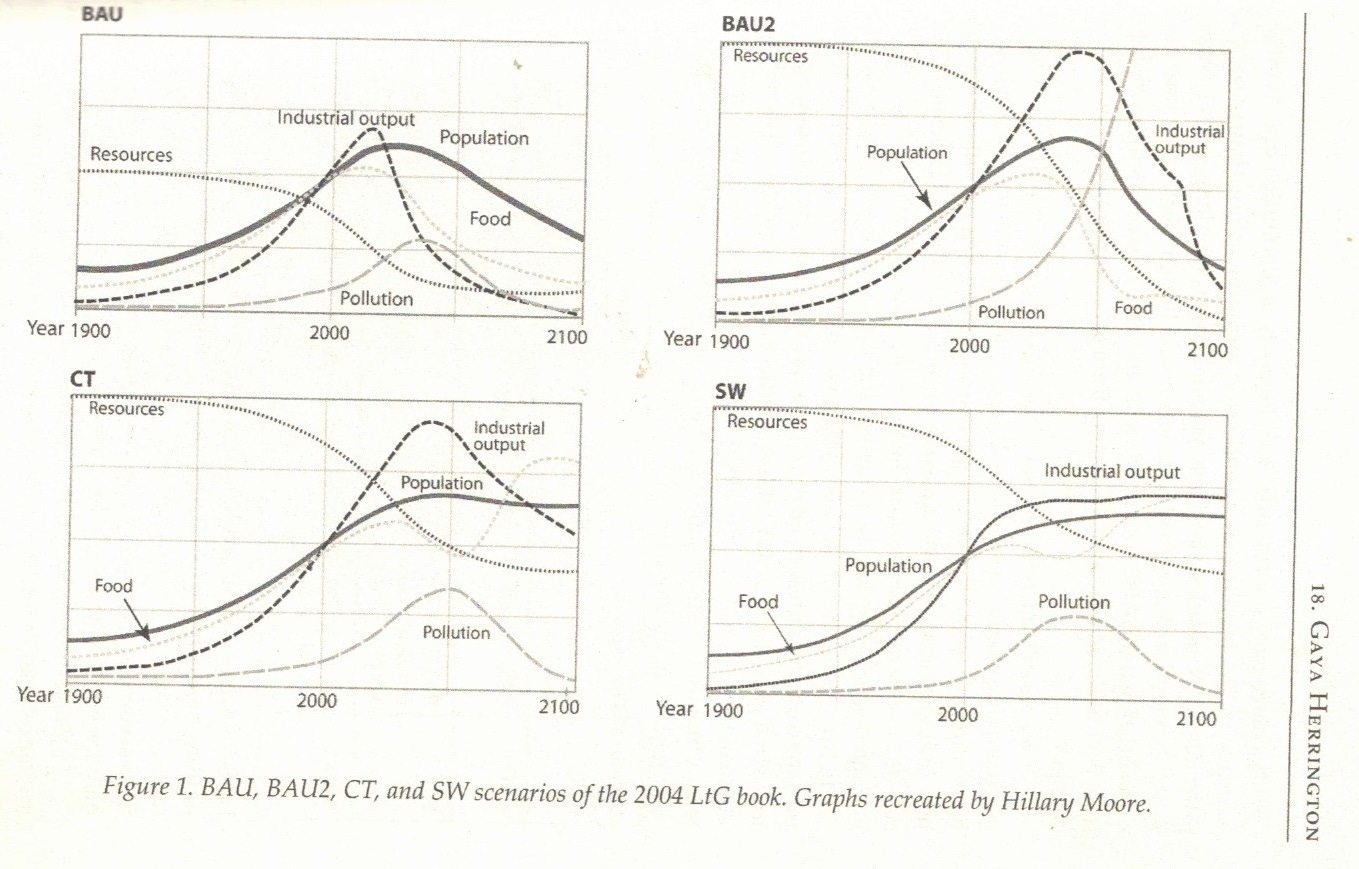2022 has been a difficult year for climate and energy. But there is still some hope
The year 2022 was a year of great transformation and great difficulty. To assess what lies ahead in the coming year, we might start with the fact that 2022 was the 50th anniversary of the publication of the 1972 study The Limits to Growth. It was not a prophecy, but an analysis of current trends. It said that, if nothing changed, we could expect the beginning of an irreversible decline of the world economy in the first decades of the 21st century. The result of the combined effect of natural resource depletion and pollution.
These are phenomena that occur over a multi-decade span, but the events of 2022 are in line with the trajectory already outlined 50 years ago. Today, the "World System" looks like one of those old cars that loses parts all over the place, consumes fuel like a truck, and pollutes like a coal-fired power plant. In addition, the mechanics not only do not know how to fix it, but they spend their time fighting each other.
We are in trouble on all fronts, first and foremost with fossil fuels. After the Covid-19 crisis of 2020, production showed some recovery, but only a partial one. As for natural gas, Europeans had become accustomed to cheap Russian gas, and this year they got a nasty surprise. Replacing Russian gas will not be easy, and surely the costs of liquefied natural gas are much higher. Not to mention the costs of the infrastructure needed to handle it. And let's say nothing about coal, which is expensive, impractical, and polluting. As for nuclear power, the costs are truly out of this world. It is discussed seriously only where dictatorial governments can afford to embark on expensive and uncertain ventures.
Then there is agriculture, for which fossil fuels are needed for fertilizer and all production operations. At present, the world's agricultural production is fairly stable, but prices are rising everywhere. This is putting the poorest in dire straits. According to FAO data, we are close to having one billion hungry people, and the numbers are growing. In parallel, the growth of the world population has seen a remarkable slowdown. Globally, it is still growing but, if current trends continue, in a few years we may see the beginning of an irreversible decline. On this point, The Limits to Growth was even too optimistic, proposing that the human population could continue growing despite the economic downturn.
About climate, The Limits to Growth saw climate change (part of the general pollution problem) playing a major role only after the beginning of the collapse of the economic system. It may be that, even in this area, the analysis was correct. For the time being, climate change caused regional disasters, rather than global catastrophes. That does not mean we can ignore the problem. The concentration of greenhouse gases in the atmosphere continues to increase and, with it, the earth's temperature. At the same time, no one seems to care about doing anything serious about it anymore, as seen with this year's Cop27.
In short, we are in bad shape. It certainly seems that The Limits to Growth was even more prophetic than its creators themselves expected.
But there are also positive findings that the 50-year-old study could not account for. One is the discovery that the Earth's ecosystem can have an important cooling effect on climate. Not that this will get us off the hook but, if we treat both forests and marine ecosystems better, we can do something good to reduce the effects of greenhouse gases. Another positive factor is the disruptive growth of renewable energy, which today has such low prices that it has no competitors.
If we can get a few decades of peace, perhaps even just one or two, we can expect solar and wind power to replace most fossil fuel energy production. By coupling renewables with higher efficiency of use, we could greatly reduce the problems of both energy availability and emissions.
Can we do it? Maybe we can. And if we work at it, the most pessimistic scenarios of the Limits to Growth will not come true. So happy new year to all!



 Bardi & Pereira did a great job with this collective book:
Bardi & Pereira did a great job with this collective book: 








